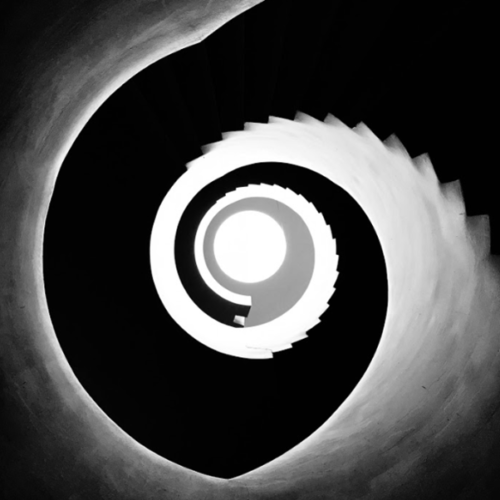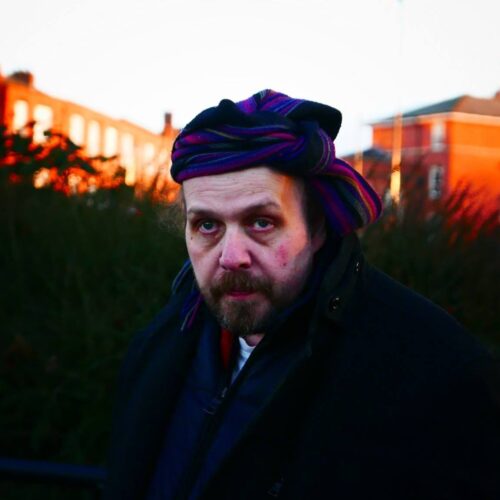
Music and Maths 3: Process and Music
This is the third in a series of blog posts about the relationship between mathematics and music. In this post, and the next one, we’re going to look in a little more detail at how mathematical processes can be used in composition.
This may sound like quite a complex or heavy subject, but in practice it’s often very simple.
A good place to start in this topic is the idea of process music. You may have come across this term in your reading or listening, but what does it actually mean? Steve Reich, to whose music it is often applied, defines the term as “not the process of composition but rather pieces of music that are, literally, processes.” (Reich 2002, 34)
A piece of music written solely in this way strictly adheres to a clearly defined process, and doesn’t allow any flexibility with regards to how it is implemented. In this sort of music, the composer is not writing music note by note, rather they are “composing” the process which then goes on to realise the music. By choosing what rules to use, the composer can shape the surface, structure and trajectory of the music which emerges.
At first glance, this may not seem like mathematics. However, because the rules, and what they apply to, are strictly defined, process music can be expressed completely in a mathematical way. This is not true of music composed intuitively, or which admits human decision making into the realisation of a rule.
A very famous example of this sort of writing is the Steve Reich piece Clapping Music. In this piece, a simple rhythm is clapped by two performers. After a certain number of repeats, one of the players displaces their rhythm by one quaver, but doesn’t otherwise change it. This process repeats until the two players return to being lined up. All Reich has had to create to compose this piece is a single bar of material, and one rule. Together, they create a complete piece of music.
In this video you can hear, and see, how the piece works. The sound of Clapping Music is extremely minimal, but there’s no reason why similar rule-based composition can’t be applied to richer, more complex sound-worlds. We’ll look at some of these later.
There are an infinite number of possible pieces of process music out there, most of which will sound extremely boring. For example, imagine a piece where a performer plays groups of repeated crotchets at 60 beats per minute, separated by rests, where each group is two notes longer than the previous one. The piece begins with a single note, and continues for as long as possible. In those two sentences, we’ve defined a complete piece of process music.
We can express the process in this piece mathematically with these two statements:
GroupLength(0) = 1
GroupLength(n) = GroupLength(n-1) + 2
All these tell us is that the first group (0) is one note long, and any given group (n) group is two notes longer than the previous group (n-1). This leads us to the very simple numerical sequence: 1, 3, 5, 7, 9, 11, 13…
(The second line could alternatively be written: GroupLength(n) = (n*2)+1 )
It’s not necessary to be able to read or write this sort of mathematical notation to use strict processes in composition. I’ve included them here to demonstrate the mathematical nature of the processes themselves.
Of course, the musical form which results from this particular rule is exceptionally simple, and will be exceptionally boring. The question then, is how to choose rules which are going to produce something interesting.
This is where conventional notions of form, balance, contrast and material can help us. Consider Clapping Music: in a way, the form of the piece is almost classical. There is an exposition of material in the unison statement of the bar, the material is developed, and we hear it in different contexts as it goes through different phase relationships, before finally we return to the material of the opening as it comes back into unison with itself. In choosing his rules, Reich has created a satisfying dramatic structure from elegantly minimal materials. Later in this series I hope to explore some practical examples of how we might approach these problems as composers.
Strict process music lends itself to repeated, hypnotic patterns, though it’s not exclusively linked to them. Here are two interesting examples of process music, which I’ve chosen because the processes are explicitly explained within the music itself. The first, Narayana’s Cows by Tom Johnson, applies a rule not too dissimilar to the lengthening phrase rule we explored above, but in a significantly more complex formulation. Following the process in detail is not required to enjoy the music, but the narration makes it clear that the unfolding algorithm defines all of the musical characteristics of the piece.
The second piece, Abundant Numbers, also by Tom Johnson, is a particularly good example as it shows the potential for strict rules to be used in, or to create, a lusher, less austere sound-world than those we have considered so far.
Finally, here is a piece – Op. 17A by Hanne Darboven, for solo double bass – which takes strict process-based composition to an extreme, basing a hefty 70 minutes on a very simple process. This is another feature available to process music: the ability to telescope into very substantial durations without an associated increase in compositional complexity. Of course, composing a piece like this has a specific and unconventional aesthetic effect, going much further than even the mainstream “minimalist” composers.
In the next blog post we’ll be looking at a different type of process, equally strict, but in a different way: probabilistic processes. That is, processes where the outcome is defined in terms of the probability of a certain thing happening, rather than it being entirely predetermined.
References:
Reich, Steve. 2002. “Music as a Gradual Process (1968)”. In “Writings about Music, 1965–2000”. Oxford and New York: Oxford University Press.
|
|






